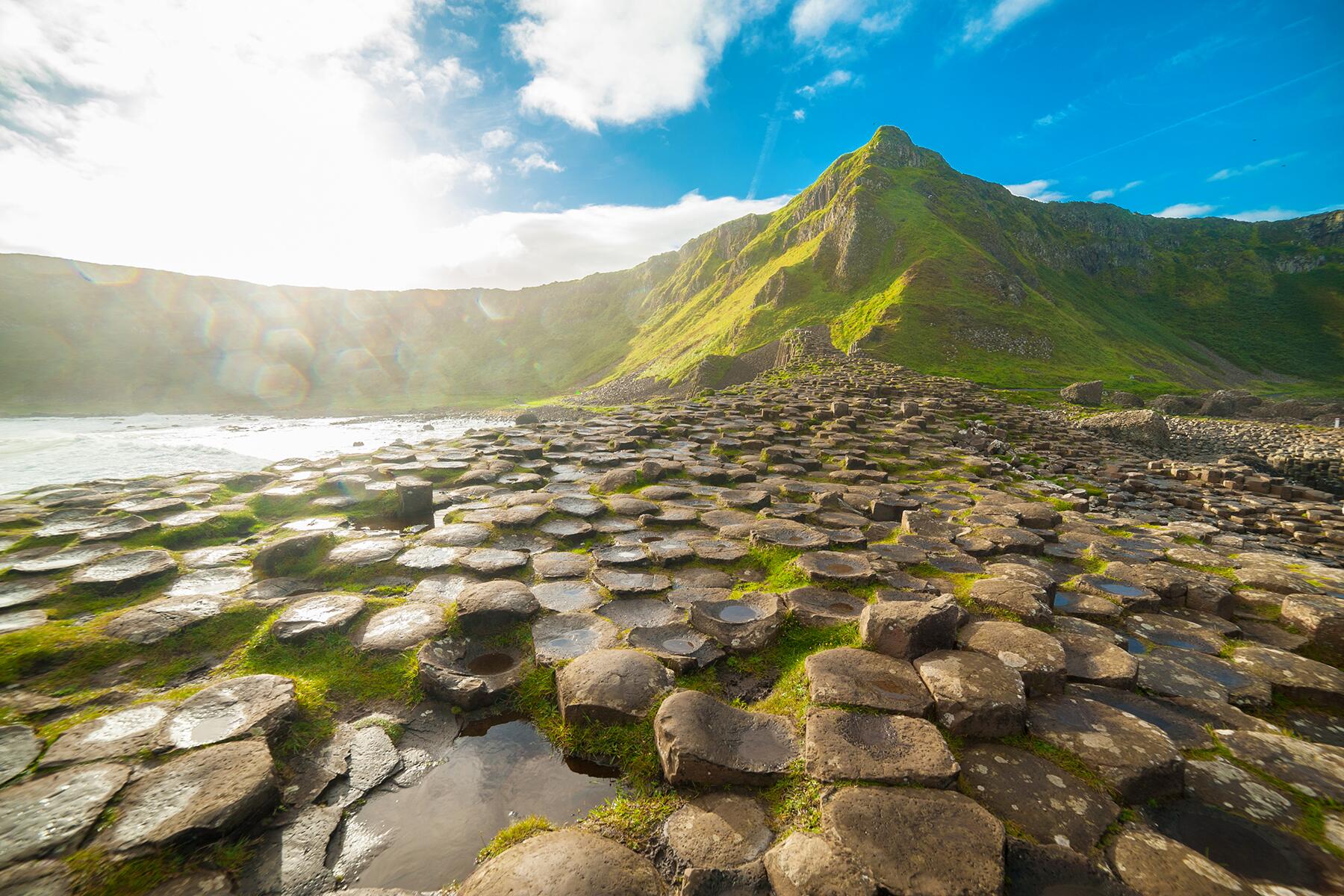Harvesters of "white gold" are trying to survive a global meltdown.
Since the late 19th century, when it was under French colonial rule, salt farming has been a thriving business in south-central Vietnam. The mineral was called “white gold,” an oblique reference to the relative prosperity of the salt farmers, many of whom shifted over from fishing to salt harvesting.
Around 25 miles to the north of Nha Trang, the popular beach town in central Vietnam, Hon Khoi in Ninh Hoa Commune, is home to the dan diem (salt makers) community, whose entire lives are spent harvesting salt.
The salt is produced in the vast swathes of salt pans of the Hon Khoi peninsula, a few miles from the beautiful Doc Let beach. Spanning an area of almost 1,000 acres, Hon Khoi produces a third of Vietnam’s salt. The 30,000 tons of annual production is used for domestic consumption as well as exported to Japan.
However, in recent years salt harvesting in Hon Khoi has been deeply affected by unpredictable weather patterns. The dry months, from January to June, have been the traditional salt harvesting season. The intense tropical sun evaporates seawater from the shallow pools, leaving the saline crystals to be raked out by the farmers. But early arrivals of the wet season and shifting rain patterns have upended work over the last few years, impacting both production volume and quality.
Last year began on a favorable note, with 30% more production than last year. But the pandemic has led to a sharp dip in salt price (from $0.50 to $0.26 USD per kilogram), primarily because the demand for salt in Vietnam’s fishing industry, which is the traditional buyer of domestic salt for fish sauce and seafood products, has hit an all-time low.




